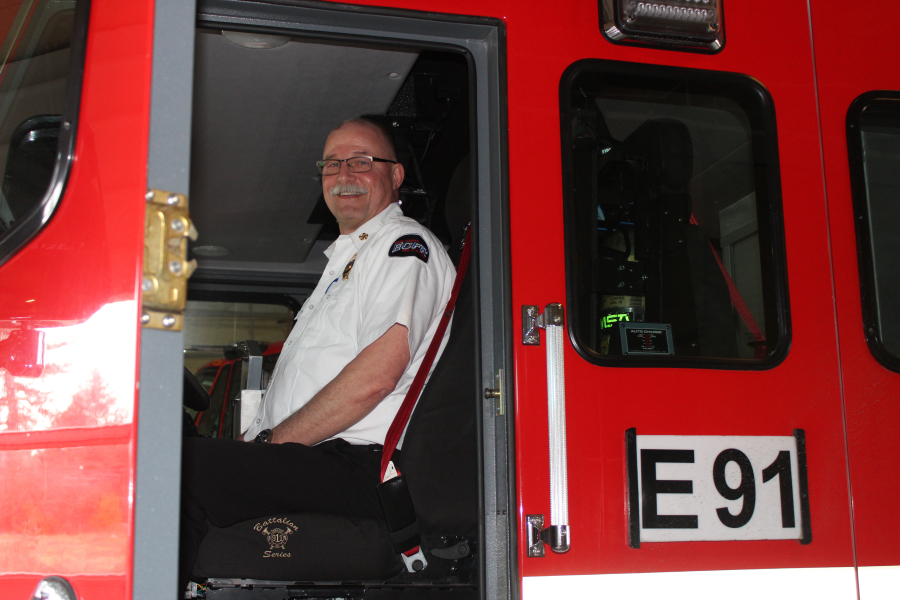Fire commissioners at East County Fire and Rescue (ECFR) will again ask voters to support the rural fire district by passing a fire levy lid lift in the August primary election.
If approved, the “lid lift” would restore the fire levy approved in 2008 to its original rate of $1.50 per $1,000 in assessed property value (APV).
In March, ECFR Fire Chief Mike Carnes told the Post-Record a levy lid
lift was critical to helping the fire district, which responds to fire and emergency medical calls in rural areas north of Camas and Washougal, maintain its services.
“We’ve been belt-tightening,” Carnes said in March. “But there just is no other place to take money away at this point.”
The fire district has seen a 52-percent increase in the number of calls over the past decade, and Carnes said revenues have not been able to keep up with the district’s overhead costs.


